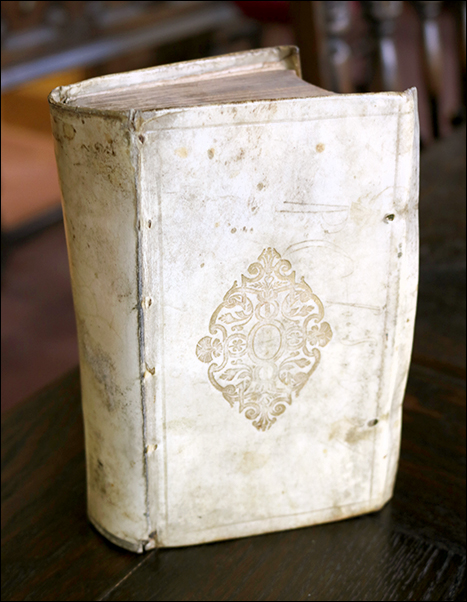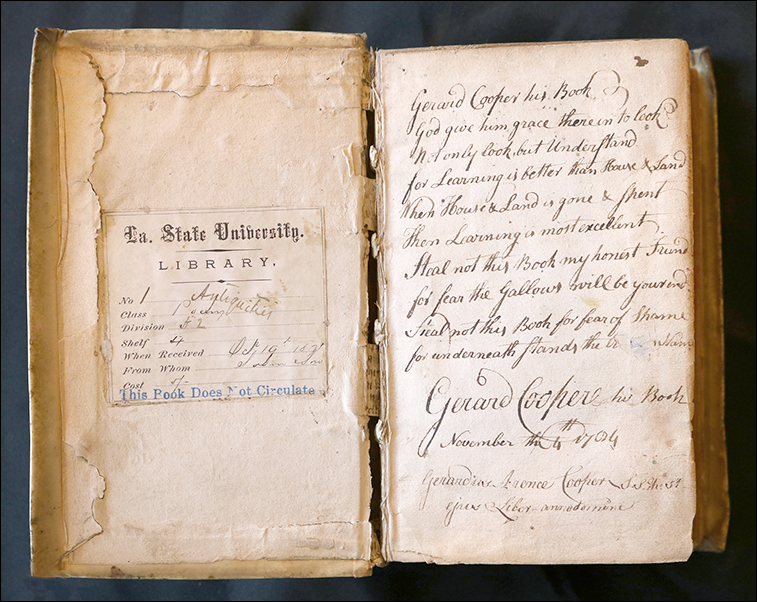“Curses! Foiled again!” How to keep your books safe, 18th-century style
Librarians love acronyms. One of the best is for Stanford University's digital preservation program LOCKSS ("Lots of Copies Keep Stuff Safe"). Several hundred years ago, "Lots of Curses Keep Stuff Safe" would have rung true as well.
First used in the ancient Middle Eastern city of Nineveh in the 7th century B.C., book curses were intended to discourage people from walking off with library materials that didn't belong to them. In the Middle Ages, when books were both scarce and valuable, theft (or the fear of theft) was so bad that librarians often chained books to the shelves or locked them in huge wooden chests. As a second line of defense, scribes sometimes wrote a curse in the form of a pithy rhyme inside the book's covers.
Guilt, shame, excommunication, bodily injury, divine retribution, and even death were the kinds of punishments book curses threatened to bring down on the heads of thieves. Although some were intentionally funny ("For him that stealeth... Let bookworms gnaw his entrails"), book curses were a reminder at a time of intense faith that theft was not only illegal, but could also jeopardize your soul.
After the invention of printing in the fifteenth century, books gradually became cheaper, more abundant, and easier to replace, but the book curse didn't completely disappear. One dating from 1704 was recently found in the LSU Libraries' Rare Book Collection:
Gerard Cooper his Book,
God give him grace therein to look.
Not only look, but Understand,
For Learning is better than House & Land.
When House & Land is gone & spent,
Then Learning is most excellent.
Steal not this Book, my honest Friend,
For fear the Gallows will be your end.
Steal not this Book for fear of Shame,
For underneath stands the owner’s Name.
Gerard Cooper his Book
November the 4th, 1704
The book, a copy of Erasmus's Adagiorum printed in Wittenberg, Germany, in 1616, has been at LSU since about 1871, according to an old library bookplate. Have we written a new book curse? No. Security cameras? Yes.
For further reading, see Marc Drogin's Anathema! Medieval Scribes and the History of Book Curses (Middleton Library, Z6 .D76 1983).


